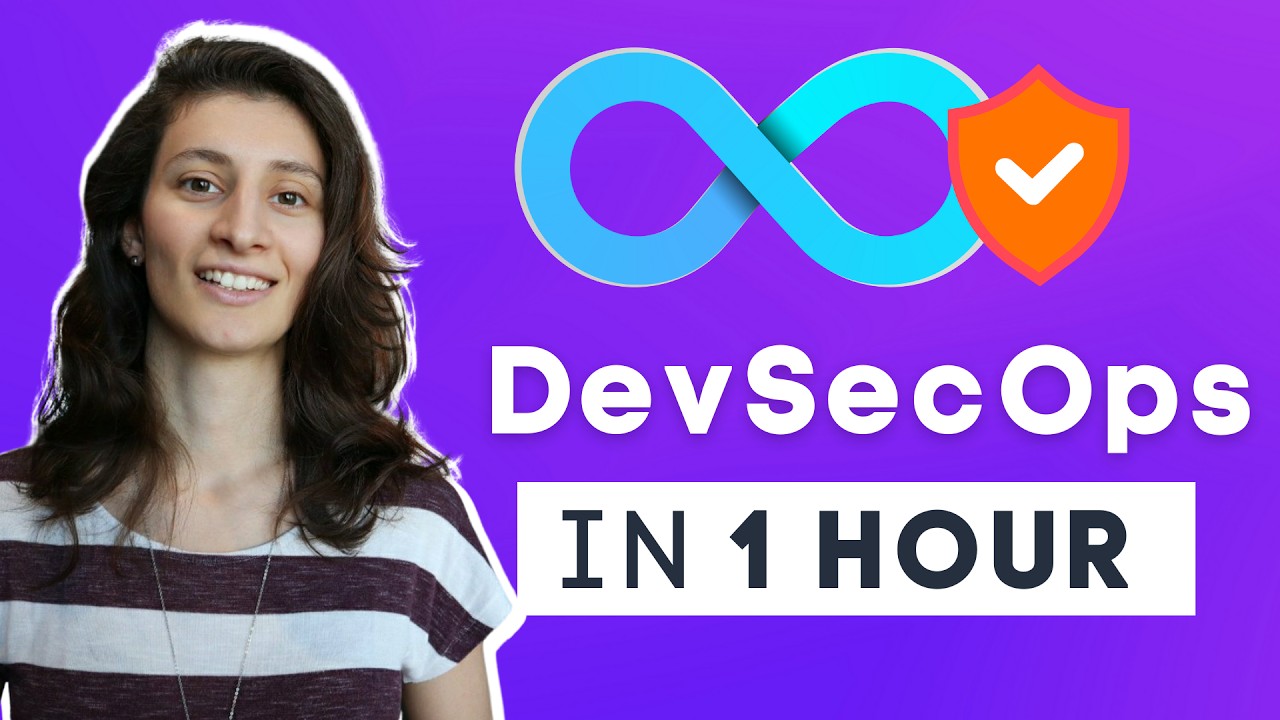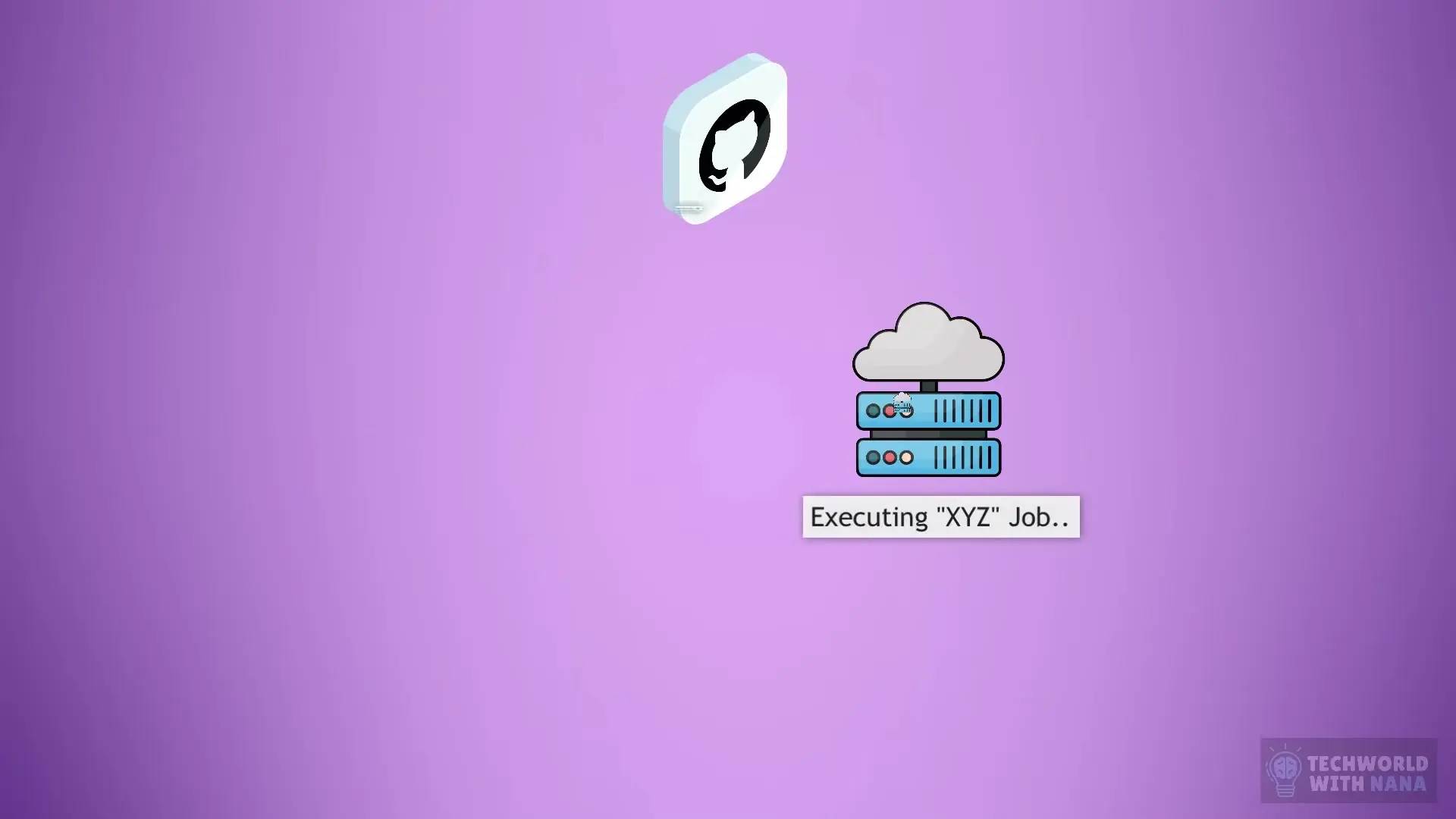
In today's complex software landscape, security can no longer be an afterthought. With increasingly sophisticated threats and complex application architectures, integrating security throughout the development lifecycle has become essential. This is where DevSecOps comes in - a natural evolution of DevOps that emphasizes security at every stage of development.
What is DevSecOps?
DevSecOps extends the DevOps philosophy by integrating security practices throughout the entire software development lifecycle. While DevOps focuses on removing bottlenecks between development and operations to deliver changes quickly and reliably, DevSecOps ensures that security is not the bottleneck that slows down this process.
In practice, DevSecOps means automating security checks and validations at various stages of development, from code creation to deployment, making security a shared responsibility across teams rather than just a final checkpoint before release.

Why Traditional Security Approaches Fail
There are two major challenges companies face when implementing security:
- Feature development is often prioritized over security because it directly provides business value and attracts customers. Security becomes an afterthought, only receiving attention after the main development work is complete.
- Modern application systems have become increasingly complex, with containerized microservices, cloud platforms, multiple database types, and extensive third-party integrations, creating a vast attack surface that's difficult to secure manually.
When security is treated as an afterthought, it creates long iteration cycles that slow down releases. Additionally, checking security for multiple features and configuration changes at once increases the chance of overlooking vulnerabilities that could slip into production.
The Multi-Layered Security Challenge
Modern applications have multiple layers that require security attention:
- Application code (your own code and third-party libraries)
- Container images and their configurations
- Orchestration platforms like Kubernetes
- Infrastructure (cloud or on-premises)
- CI/CD pipelines and deployment processes
- Credential and secret management
Each layer presents unique security challenges. For example, your application code might be vulnerable to SQL injection or cross-site scripting, while your container images might contain outdated packages with known vulnerabilities. Your Kubernetes cluster might have improperly configured network policies, and your CI/CD pipeline might have excessive permissions that could be exploited.
DevSecOps: Automating Security Throughout the Pipeline
The key to effective DevSecOps is automation. By automating security checks at different stages of the development lifecycle, we can identify and address issues early, before they become more costly to fix. Here are the main types of automated security checks in a DevSecOps pipeline:
1. Static Application Security Testing (SAST)
SAST tools analyze your application's source code without executing it, looking for patterns that indicate potential security vulnerabilities such as SQL injection, cross-site scripting, and weak encryption algorithms. These tools scan your codebase for known vulnerability patterns and common coding mistakes that could lead to security issues.
# Example GitHub Actions workflow with SAST scanning
name: SAST Security Scan
on:
push:
branches: [ main ]
pull_request:
branches: [ main ]
jobs:
security-scan:
runs-on: ubuntu-latest
steps:
- uses: actions/checkout@v3
- name: Run SAST scan
uses: github/codeql-action/analyze@v2
with:
languages: javascript, python2. Secret Scanning
Secret scanning tools identify hardcoded credentials, API keys, access tokens, and other sensitive information that should not be stored in code repositories. Developers often add these for testing purposes and forget to remove them, creating security risks if the repository is compromised.
These tools can be integrated as pre-commit hooks to prevent secrets from being committed in the first place, or run as part of CI/CD pipelines to catch any that slip through.
3. Software Composition Analysis (SCA)
SCA tools scan your application's dependencies for known vulnerabilities. They check the versions of third-party libraries and frameworks you're using against databases of known security issues, alerting you when outdated or vulnerable components are detected.

# Example GitHub Actions workflow with dependency scanning
name: Dependency Scan
on: [push, pull_request]
jobs:
dependency-check:
runs-on: ubuntu-latest
steps:
- uses: actions/checkout@v3
- name: Run dependency scan
uses: snyk/actions/node@master
env:
SNYK_TOKEN: ${{ secrets.SNYK_TOKEN }}
with:
args: --severity-threshold=high4. Dynamic Application Security Testing (DAST)
DAST tools test running applications by simulating attacks from malicious users. Unlike SAST, which analyzes static code, DAST identifies vulnerabilities that only appear when the application is running, such as authentication issues, server configuration problems, and runtime injection flaws.
5. Container Security Scanning
Container scanning tools analyze container images for vulnerabilities in the base operating system, installed packages, and application dependencies. They can also check for misconfigurations in container settings that might create security risks.
# Example GitHub Actions workflow with container scanning
name: Container Scan
on:
push:
branches: [ main ]
jobs:
docker-build-scan:
runs-on: ubuntu-latest
steps:
- uses: actions/checkout@v3
- name: Build image
run: docker build -t myapp:latest .
- name: Scan container
uses: docker/scout-action@v1
with:
image: myapp:latest6. Infrastructure as Code (IaC) Security Scanning
IaC scanning tools check your infrastructure configuration files (Terraform, CloudFormation, Kubernetes manifests) for security misconfigurations, overly permissive settings, and compliance violations before they're deployed.

Implementing DevSecOps with GitHub Actions
GitHub Actions provides an excellent platform for implementing DevSecOps practices in your CI/CD pipeline. Here's how to get started:
Setting Up a Basic DevSecOps Pipeline
A comprehensive GitHub Actions workflow for DevSecOps might include:
- Code linting and quality checks
- SAST scanning for code vulnerabilities
- Secret scanning to detect hardcoded credentials
- SCA to identify vulnerable dependencies
- Container image building and scanning
- Infrastructure as Code validation
- DAST testing on deployed preview environments
- Security compliance checks
# Comprehensive DevSecOps GitHub Actions workflow
name: DevSecOps Pipeline
on:
push:
branches: [ main, develop ]
pull_request:
branches: [ main ]
jobs:
security-scans:
runs-on: ubuntu-latest
steps:
- name: Checkout code
uses: actions/checkout@v3
- name: Setup Node.js
uses: actions/setup-node@v3
with:
node-version: '16'
- name: Install dependencies
run: npm ci
- name: Lint code
run: npm run lint
- name: Run SAST scan
uses: github/codeql-action/analyze@v2
with:
languages: javascript
- name: Check for secrets
uses: gitleaks/gitleaks-action@v2
- name: Scan dependencies
uses: snyk/actions/node@master
env:
SNYK_TOKEN: ${{ secrets.SNYK_TOKEN }}
- name: Build container
run: docker build -t myapp:${{ github.sha }} .
- name: Scan container image
uses: aquasecurity/trivy-action@master
with:
image-ref: myapp:${{ github.sha }}
format: 'table'
exit-code: '1'
severity: 'CRITICAL,HIGH'Best Practices for DevSecOps Implementation
- Start small and gradually add more security checks to your pipeline
- Prioritize fixing high-severity vulnerabilities first
- Set appropriate thresholds for failing builds based on your security requirements
- Document your security requirements and processes
- Train developers on secure coding practices
- Regularly review and update your security tools and configurations
- Implement security as code to ensure consistent application of security controls
- Use security scanning results to continuously improve your security posture
Challenges and Solutions in DevSecOps
Implementing DevSecOps isn't without challenges. Common issues include:
- False positives in security scans that can slow down development
- Balancing security requirements with development velocity
- Addressing the skills gap in security expertise
- Managing security across complex, distributed systems
Solutions to these challenges include:
- Tuning security tools to reduce false positives
- Implementing risk-based approaches that prioritize critical issues
- Providing security training for developers and DevOps engineers
- Using security as code to standardize security controls across systems
- Integrating security tools that provide actionable, developer-friendly feedback
Conclusion
DevSecOps represents a crucial evolution in how we approach security in software development. By integrating automated security checks throughout the CI/CD pipeline, we can identify and address vulnerabilities early, reduce the cost of fixing security issues, and deliver more secure applications to users.
GitHub Actions provides a powerful platform for implementing DevSecOps practices, with numerous security scanning tools available as actions that can be easily integrated into your workflows. By starting with basic security checks and gradually expanding your security automation, you can build a comprehensive DevSecOps pipeline that enhances your application's security posture without sacrificing development velocity.
Remember that DevSecOps is not just about tools but also about culture. Fostering a security-minded culture where security is everyone's responsibility is just as important as implementing the right technical controls. With the right combination of tools, processes, and culture, you can make security an integral part of your development lifecycle rather than a bottleneck.
Let's Watch!
DevSecOps Tutorial: Build a Secure CI/CD Pipeline with GitHub Actions
Ready to enhance your neural network?
Access our quantum knowledge cores and upgrade your programming abilities.
Initialize Training Sequence